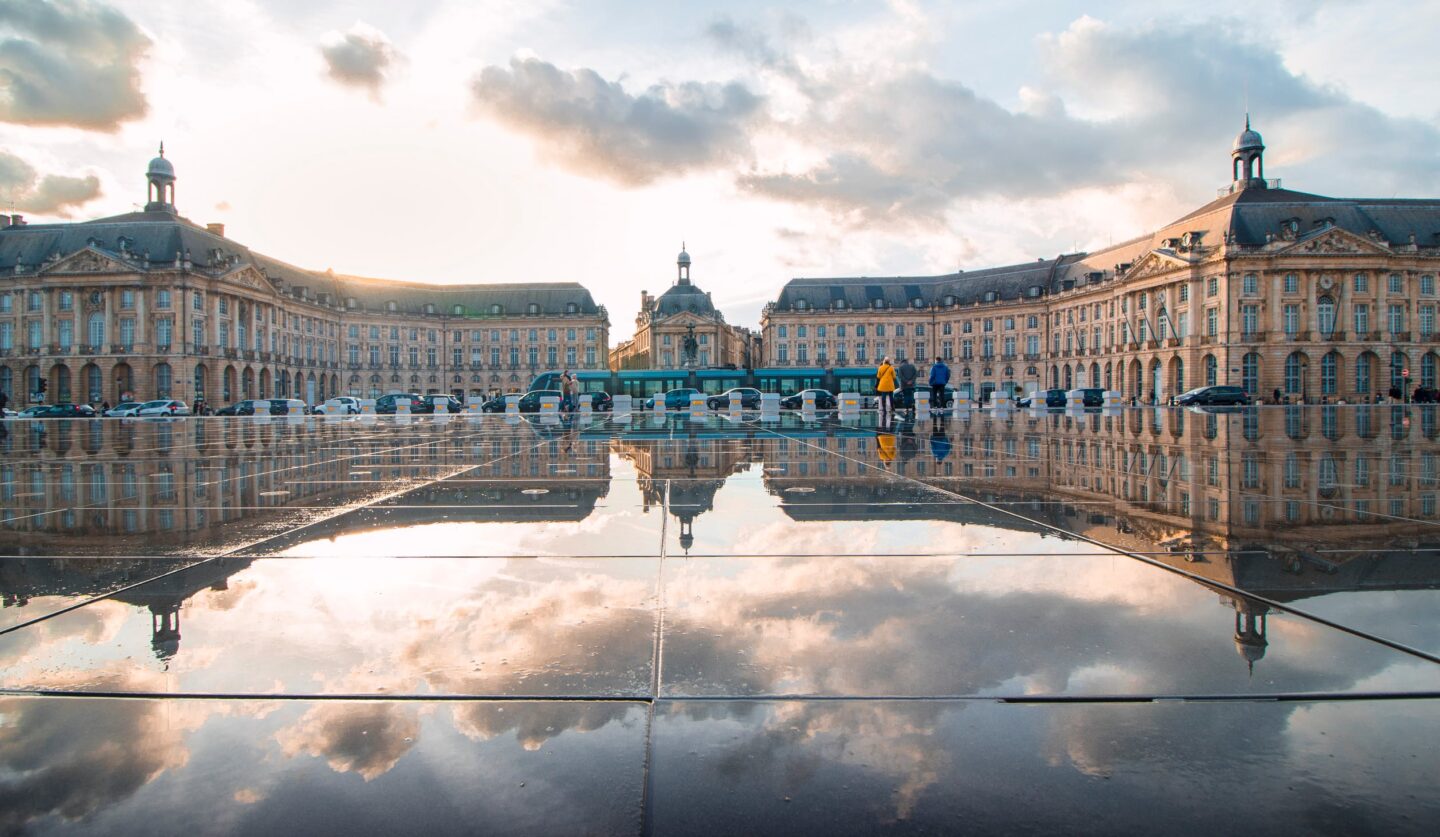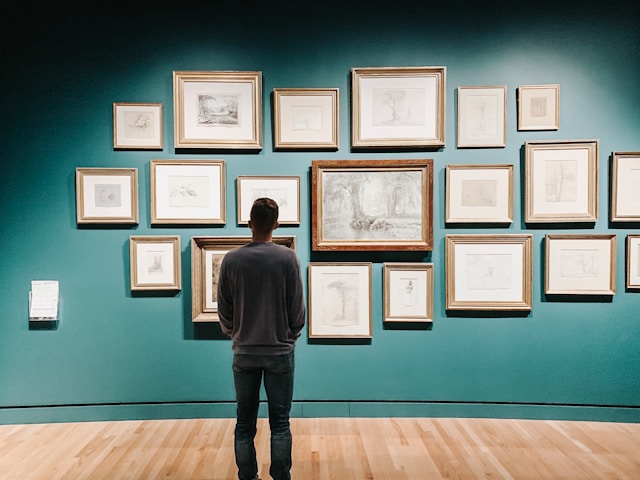
The Importance of Architecture in Our Lives
Think about the last time you were in a city. Chances are, the buildings around you were designed by architects. Architects play a big role in our lives, and not just when we’re in cities. Everywhere we go, the buildings and spaces around us have been designed by architects. We live in a world that has been shaped by architecture.
But what is architecture? And why is it so important? Architecture is the art and science of designing buildings and other physical structures. It’s about creating spaces that are both beautiful and functional. Good architecture can make our lives better, while bad architecture can ruin them completely. That’s why it’s so important for architects to get things right.
Most of us don’t think about architecture very often. But it affects us every day. The buildings we live in, the offices we work in, the schools we learn in, and the hospitals we receive treatment in are all designed by architects. And the quality of those designs can have a big impact on our lives.
Consider, for example, a hospital. A well-designed hospital can help patients recover more quickly. But a poorly designed one can make their conditions worse. The same is true of schools. Good school design can lead to better educational outcomes, while bad school design can lead to poorer ones.
In other words, architecture matters. It’s important for architects to design buildings and spaces that are beautiful, functional, and safe. But it’s also important for them to understand the impact their designs will have on the people who use them.
How Architecture Can Evoke Emotion
Architecture can evoke emotion in many ways. One way is by the use of color. A bright, happy color can make a person feel cheerful, while a dark, somber color can make a person feel sad or depressed. Another way architecture can evoke emotion is by the use of shapes. A curvy, flowing shape can make a person feel romantic and passionate, while a hard, angular shape can make a person feel cold and sterile. Yet another way architecture can evoke emotion is by the use of materials. A soft, luxurious fabric can make a person feel pampered and comfortable, while a hard, rough surface can make a person feel uneasy. In conclusion, architecture can evoke a wide range of emotions simply by using different shapes, colors, and materials. It’s no wonder that so many people find comfort and joy in visiting beautiful buildings!
This is a great start, but there’s more to explore! Continue writing the content by discussing how architecture can also evoke positive or negative emotions based on its location or you can use technology argumentative essay topics to avoid it. For example, a skyscraper in the middle of a bustling city can make a person feel excited and alive, while an abandoned warehouse in a rundown part of town can make a person feel scared and alone.
The History of Architecture
The history of architecture is a long and storied one, spanning thousands of years and encompassing countless different styles and techniques. From the ancient pyramids of Egypt to the Gothic cathedrals of Europe, from the pagodas of Asia to the adobe homes of the American Southwest, architecture has been used to create everything from simple shelters to awe-inspiring temples and palaces.
One of the earliest known forms of architecture is the mud hut, which was first constructed in Africa over 10,000 years ago. These huts were made by stacking dried mud bricks on top of each other, forming walls that were both strong and waterproof. The mud hut would eventually become one of the most common types of architecture around the world, being used for everything from homes to schools to prisons.
As civilization began to grow and spread, so did architecture. New materials and techniques were developed, allowing for the construction of ever-more grand and complex buildings. The ancient Egyptians built some of the first skyscrapers with their massive pyramids, while the Greeks and Romans used columns and arches to create stunning temples and public baths.
With the fall of the Roman Empire, architecture in Europe entered a period of decline. It wasn’t until the Renaissance that architects began to rediscover and embrace many of the classical principles that had been forgotten. During this time, some of the most iconic buildings in the world were constructed, including the Vatican City’s St. Peter’s Basilica and the Florence Cathedral.
Today, architecture is more varied than ever before. Thanks to advances in technology and engineering, we are now able to create structures that would have been impossible just a few hundred years ago. From soaring skyscrapers and bridges to intricate underground subway systems, the possibilities are truly endless.
Contemporary Architecture
Contemporary architecture is a term used to describe the current trends in design and construction of buildings. It can be seen as a reaction against the more traditional styles of architecture that were popular in the past. Contemporary architects strive to create structures that are unique and innovative, while also being functional and practical.
One of the most notable features of contemporary architecture is its use of geometric shapes. Architects often experiment with unusual shapes and forms, resulting in buildings that are both eye-catching and distinctive. Another common characteristic is the use of exposed materials such as metal, glass, and concrete. This gives contemporary buildings a sleek, modern look that is very popular among consumers.
In addition to its unique aesthetic, contemporary architecture is also known for its focus on sustainable design. Many contemporary architects incorporate green design principles into their work, such as using recycled materials and energy-efficient features. This helps to reduce the negative impact that buildings have on the environment.
If you are looking for a unique and modern style of architecture, then contemporary architecture is definitely worth considering. This type of architecture can add a lot of character to any space, and it is sure to be a conversation starter among your guests. If you are interested in learning more about contemporary architecture, then there are plenty of resources available online and in libraries. You can also find several professional architects who specialize in this style of architecture.




